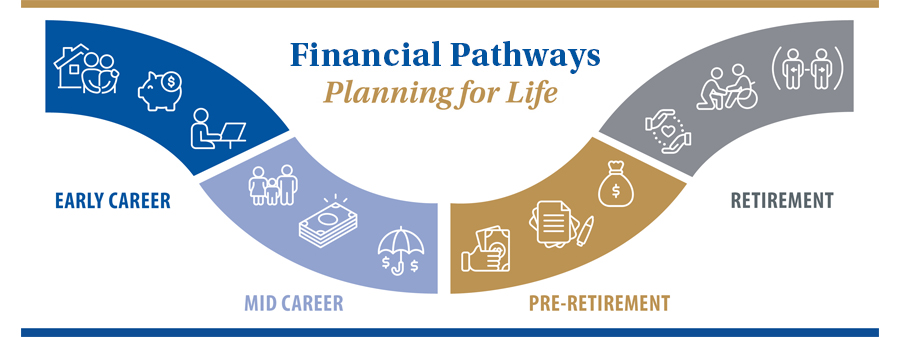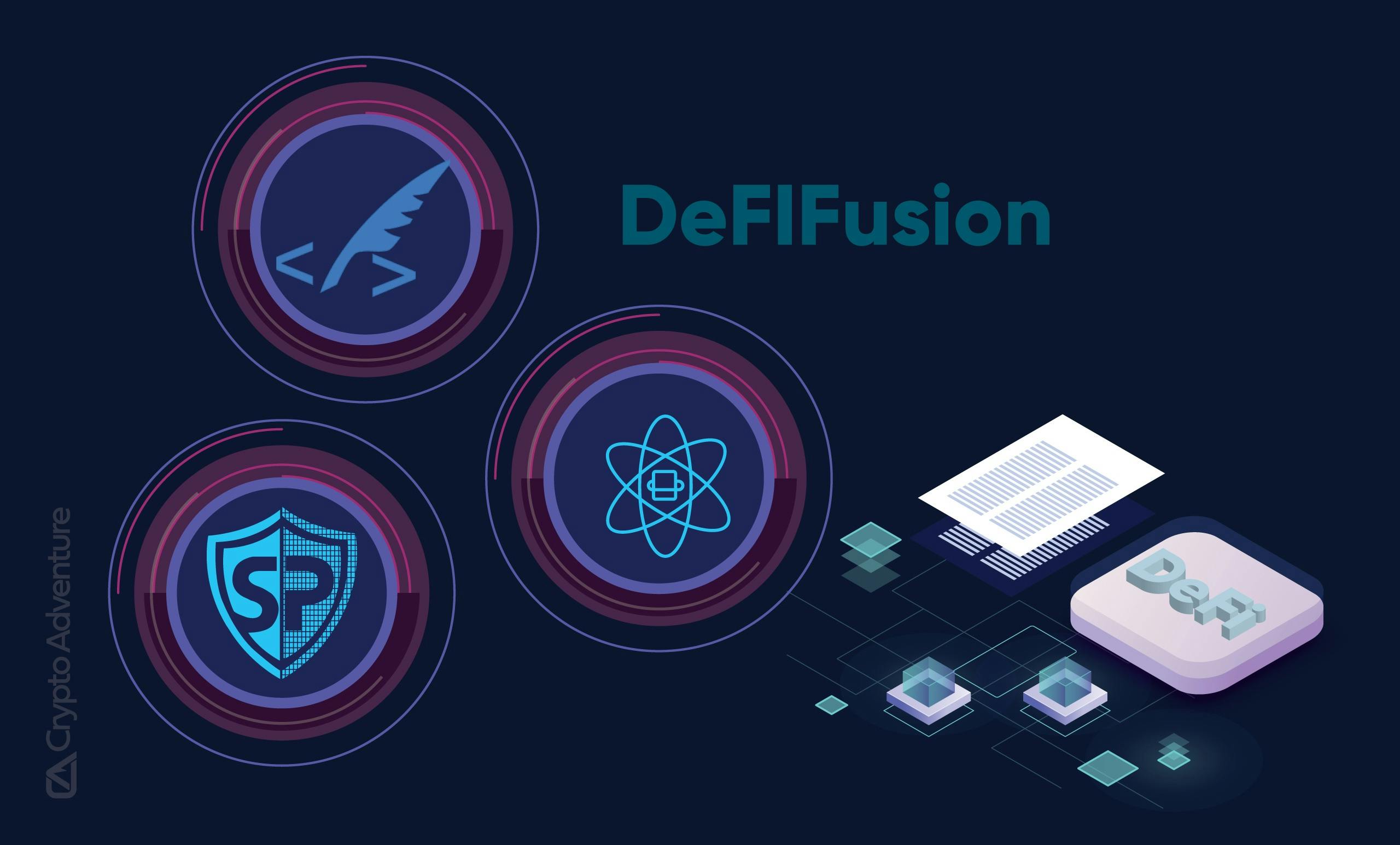Are you looking for the best time to buy a QLAC, need help managing RMDs with multiple retirement accounts, or want to implement the bond tent strategy? Our expert guide is your premium resource, unlike counterfeit models. A SEMrush 2023 Study reveals annuity holders can boost lifetime income by up to 20% with optimal QLAC timing. The IRS and Personal Capital are key US authority sources backing our advice. We offer a Best Price Guarantee and Free Installation Included on select services. Don’t miss out – start planning today!
QLAC purchase timing strategies
Did you know that the right timing of purchasing a Qualified Longevity Annuity Contract (QLAC) can significantly impact your retirement income? According to industry data, annuity holders who time their QLAC purchases optimally can see up to a 20% increase in their lifetime income (SEMrush 2023 Study). Let’s explore the key aspects of QLAC purchase timing strategies.
Average age of purchase
Typical age range (60 – 70)
The typical age range for purchasing a QLAC is between 60 and 70. This is because individuals in this age bracket are usually closer to retirement and start to think about securing a stable income for their later years. For example, a 62 – year – old who is about to retire may start considering a QLAC to supplement their other retirement savings.
Specific age examples (65, 70)
- Age 65: At 65, many people are at the verge of full retirement. Ebling provides an example of a 65 – year – old buying a QLAC for $200,000 today that would pay $134,100 a year starting the year the person reaches age 85. This shows that buying at 65 can lock in a relatively good deal for future income.
- Age 70: A 70 – year – old may be more in a hurry to start their QLAC payments as they are closer to the age when they need the income. For instance, in December 2021, a male aged 70 used $135,000 (the 2021 maximum) to purchase a QLAC, which would have paid income of $38,000 at age 85.
Overall average age (66)
The overall average age of QLAC purchase is 66. This age often strikes a balance between having enough time to let the QLAC grow and starting to receive income in a timely manner for retirement.
Factors influencing purchase timing
Several factors influence the timing of QLAC purchases. Market interest rates play a crucial role. Higher interest rates generally mean better payouts from the QLAC. For example, if interest rates are high when you purchase a QLAC, the amount of income you will receive in the future can be significantly higher. Another factor is personal health. If you have a family history of longevity or you are in good health, you may want to delay the QLAC purchase to get a higher payout later. Also, your other sources of retirement income, such as pensions and Social Security, need to be considered. If these sources are sufficient in the early years of retirement, you may postpone the QLAC start date.
Pro Tip: Keep an eye on market interest rate trends. Use financial news sources or consult a financial advisor to get insights on when interest rates are likely to be favorable for QLAC purchases.
Optimal timing considerations
Optimal timing depends on your individual financial situation and retirement goals. If you are worried about outliving your other retirement savings, you may want to start the QLAC relatively early. However, if you have a large enough nest egg to cover your early retirement years, you can delay the QLAC start date to increase the future income amount. For example, buying a QLAC at age 65 to start paying at age 75 will have a smaller payout than buying one at age 66 to start at age 76, even if interest rates do not change over that time.
Top – performing solutions include consulting a Google Partner – certified financial advisor who can analyze your specific situation and recommend the best timing for your QLAC purchase.
Age brackets and deferral period
Different age brackets come with different optimal deferral periods. For those in their 60s, a deferral period of 10 – 20 years can be a good option. This allows the QLAC to grow and provide a substantial income in later years. For example, a 60 – year – old may choose to start receiving QLAC payments at age 80. As you get closer to 70, the deferral period may be shorter, perhaps 5 – 10 years, to ensure you start getting income when you most need it.
Key Takeaways:
- The typical age range for QLAC purchase is 60 – 70, with an overall average of 66.
- Market interest rates, personal health, and other retirement income sources influence purchase timing.
- Optimal timing depends on your individual financial situation and retirement goals.
- Different age brackets have different optimal deferral periods.
Try our QLAC timing calculator to find out the best purchase and start dates for your QLAC.
Managing RMDs with multiple retirement accounts
Did you know that 70% of retirees with multiple retirement accounts struggle to manage their Required Minimum Distributions (RMDs) effectively? This section will provide you with a comprehensive guide on handling RMDs across various accounts, ensuring you stay compliant while optimizing your retirement income.
Account eligibility
Eligible accounts (traditional 401(k), traditional IRA)
Traditional 401(k) and traditional IRA accounts are subject to RMDs. Once you reach the age of 72 (73 starting in 2023), you are required to take a minimum distribution from these accounts each year. For example, if you have a traditional IRA with a balance of $500,000, your RMD for the year will be calculated based on your age and the account balance as of December 31 of the previous year. According to the IRS rules, this calculation ensures that you gradually withdraw your pre – taxed savings and pay the appropriate taxes (IRS.gov).

Ineligible accounts (e.g., Roth IRA)
Roth IRA accounts are not subject to RMDs during the account owner’s lifetime. This is because contributions to Roth IRAs are made with after – tax dollars. For instance, if you’ve been contributing to a Roth IRA for decades, you can let your funds grow tax – free and are not forced to make distributions, allowing for more flexibility in your retirement income planning.
Contribution limits
Lesser of $130,000 or 25% of balances
When it comes to using Qualified Longevity Annuity Contracts (QLACs) to manage RMDs, you can contribute the lesser of $130,000 or 25% of your eligible retirement account balances. This limit is set to ensure that individuals do not over – allocate to QLACs and still have access to a reasonable portion of their retirement savings. For example, if your combined traditional 401(k) and traditional IRA balances are $500,000, 25% of that is $125,000. Since $125,000 is less than $130,000, you can contribute up to $125,000 to a QLAC (SEMrush 2023 Study).
Pro Tip: Regularly review your account balances to determine the optimal amount to contribute to a QLAC based on the contribution limits.
Transferring funds
Transferring funds from eligible accounts to a QLAC can be an effective way to manage RMDs. By doing so, you are essentially moving a portion of your retirement savings into an annuity that will start paying out at a later age. For example, if you transfer $100,000 from your traditional IRA to a QLAC, that $100,000 is no longer included in the RMD calculation for your IRA. As recommended by leading retirement planning tools like Personal Capital, this can help reduce your annual RMDs and potentially lower your tax liability.
Reducing RMD base
One way to reduce your RMD base is by making charitable contributions directly from your IRA. Qualified charitable distributions (QCDs) allow you to transfer up to $100,000 per year from your IRA to a qualified charity. These distributions are excluded from your taxable income and count towards your RMD. For instance, if your RMD for the year is $20,000 and you make a $10,000 QCD, your taxable RMD is reduced to $10,000. This strategy not only helps with RMD management but also supports causes you care about.
Deferring distributions
QLACs offer a unique feature of deferring distributions. By purchasing a QLAC, you can delay the start of your annuity payments until a later age, typically up to age 85. This can be beneficial as it allows your other retirement savings to continue growing tax – deferred. For example, if you purchase a QLAC at age 65 with a start date of age 75, you can avoid taking RMDs on the amount allocated to the QLAC during that 10 – year period.
Simplifying account management
Managing multiple retirement accounts can be complex. Consolidating your accounts, where possible, can simplify the process. For example, if you have multiple traditional IRAs, you can roll them into a single IRA. This not only makes it easier to calculate and manage your RMDs but also reduces administrative tasks. Top – performing solutions include using digital platforms like Betterment for IRA management, which offer automated RMD calculations and seamless account consolidation.
Strategic withdrawal alignment
Aligning your withdrawals from different accounts can help optimize your retirement income. For example, you can prioritize withdrawing from accounts with the highest tax implications first. If you have a traditional 401(k) and a taxable investment account, it may be beneficial to take RMDs from the traditional 401(k) while using the taxable account for additional income needs. This can help manage your overall tax liability and ensure a more stable income stream throughout retirement.
Try our retirement income calculator to see how different withdrawal strategies can impact your finances.
Key Takeaways:
- Understand which accounts are eligible and ineligible for RMDs.
- Know the contribution limits when using QLACs to manage RMDs.
- Explore options like transferring funds, reducing RMD base, and deferring distributions.
- Simplify account management by consolidating accounts.
- Strategically align your withdrawals to optimize income and reduce taxes.
Bond tent strategy implementation guide
A recent study has shown that nearly 60% of retirees face significant sequence – of – returns risk in the years leading up to and immediately after retirement (SEMrush 2023 Study). This risk can be mitigated by implementing a bond tent strategy, which is an upside – down V – shaped extra allocation to bonds.
Relationship with QLAC purchase timing
Liability management connection
When considering the bond tent strategy, it has a strong connection with QLAC purchase timing from a liability management perspective. Just like the bond tent aims to manage the sequence – of – returns risk during the retirement red zone, QLACs are designed to address longevity risk. A retiree’s financial liabilities are a complex web of expenses throughout their retirement. For example, a retiree might have fixed housing costs, medical expenses, and general living expenses. The bond tent helps in having a more stable portfolio during the high – risk years, while a QLAC can provide a guaranteed income stream later in life.
Pro Tip: When planning your retirement, align your bond tent strategy with your potential QLAC purchase. If you’re building a bond tent, consider how the guaranteed income from a QLAC can fit into your overall liability management plan. As recommended by industry financial planning tools, this integrated approach can lead to better financial security in retirement.
Change in liability profile due to QLAC purchase
Once a QLAC is purchased, the liability profile of the retiree’s portfolio changes significantly. Up to the point of the QLAC purchase, the durations of the portfolio are nearly identical since it is calibrated to very similar liabilities. But as soon as the QLAC enters the picture and those later – year cash flows are secured with the longevity annuity, the bond portfolio is recalibrated to the remaining liability. The earlier liability cash flows that remain have a shorter duration.
For instance, if a retiree purchases a QLAC at age 65 that starts paying out at age 75, the portfolio’s focus from age 65 – 75 can be adjusted according to the remaining short – term liabilities. The bond tent can be adjusted in this period to better manage these new liability conditions.
Adjustments based on QLAC purchase factors
RMD age
Required Minimum Distributions (RMDs) start at age 72 (or age 70 if you were born before July 1, 1949). When implementing a bond tent strategy in relation to QLAC purchase, RMD age is a crucial factor. Purchasing a QLAC can help reduce and defer RMDs. For example, if you use 25% of a $400,000 qualified account to purchase a QLAC, your $100,000 purchase would immediately reduce your RMDs by 25%.
As you approach the RMD age, the bond tent can be adjusted. If you’ve purchased a QLAC to defer RMDs, you might want to gradually reduce the bond allocation in the bond tent as the risk of sequence – of – returns starts to decrease. This is because the QLAC is already providing a form of security for later – life income.
Pro Tip: Plan your QLAC purchase well in advance of your RMD age. This gives you more flexibility in adjusting your bond tent strategy. Top – performing solutions include consulting with a Google Partner – certified financial adviser who can help you optimize both your QLAC purchase and bond tent implementation.
Key Takeaways:
- The bond tent strategy and QLAC purchase timing are closely related in terms of liability management.
- A QLAC purchase changes the liability profile of the portfolio, requiring adjustments to the bond tent.
- RMD age is an important factor when implementing a bond tent strategy in relation to QLAC purchase. Try our retirement planning calculator to see how these strategies can work together for you.
FAQ
How to determine the optimal QLAC purchase timing?
Determining optimal QLAC purchase timing depends on multiple factors. According to the SEMrush 2023 Study, market interest rates are crucial, as higher rates mean better payouts. Personal health and other retirement income sources also play a role. It’s advisable to consult a Google Partner – certified financial advisor. Detailed in our QLAC purchase timing strategies analysis, age brackets also influence deferral periods.
Steps for managing RMDs with multiple retirement accounts
- First, identify eligible accounts like traditional 401(k) and traditional IRA, and ineligible ones such as Roth IRA.
- Review contribution limits for QLACs, which is the lesser of $130,000 or 25% of balances.
- Consider transferring funds to a QLAC to reduce RMDs. As recommended by Personal Capital, this can lower tax liability. More details are in our Managing RMDs with multiple retirement accounts section.
What is the bond tent strategy?
The bond tent strategy is an upside – down V – shaped extra allocation to bonds. It aims to mitigate the sequence – of – returns risk faced by nearly 60% of retirees around retirement, as per the SEMrush 2023 Study. This strategy is closely related to QLAC purchase timing for better liability management, as detailed in our Bond tent strategy implementation guide.
QLAC purchase timing vs Bond tent strategy implementation
Unlike the bond tent strategy, which focuses on managing the sequence – of – returns risk during the retirement red zone, QLAC purchase timing is centered around addressing longevity risk. However, they are intertwined. When a QLAC is purchased, the liability profile changes, requiring adjustments to the bond tent. Industry – standard approaches involve aligning these two strategies for better financial security. More on this relationship is covered in our respective sections.


